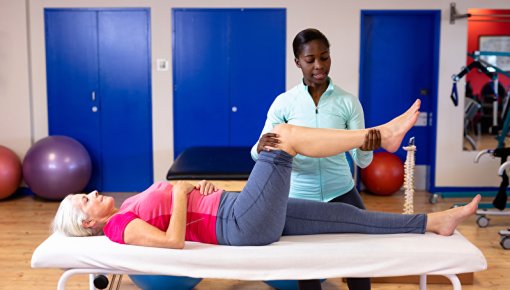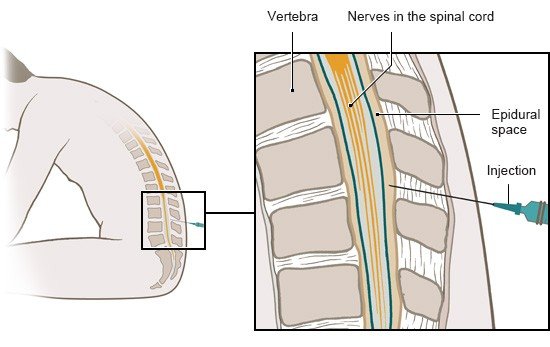Ammendolia C, Hofkirchner C, Plener J et al. Non-operative treatment for lumbar spinal stenosis with neurogenic claudication: an updated systematic review. BMJ Open 2022; 12(1): e057724.
Bundesärztekammer (BÄK), Kassenärztliche Bundesvereinigung (KBV), Arbeitsgemeinschaft der Wissenschaftlichen Medizinischen Fachgesellschaften (AWMF). Nationale Versorgungsleitlinie Nicht-spezifischer Kreuzschmerz (under revision). AWMF register no.: nvl-007. 2017.
Deutsche Gesellschaft für Neurologie (DGN). Lumbale Radikulopathie (S2k-Leitlinie, under revision). AWMF register no.: 030-058. 2018.
Deutsche Gesellschaft für Orthopädie und Orthopädische Chirurgie (DGOOC). S2k-Leitlinie Spezifischer Kreuzschmerz. AWMF register no.: 187-059. 2024.
Hayden JA, Wilson MN, Riley RD et al. Individual recovery expectations and prognosis of outcomes in non-specific low back pain: prognostic factor review. Cochrane Database Syst Rev 2019; (11).
Kalff R, Ewald C, Waschke A et al. Degenerative lumbale Spinalkanalstenose im höheren Lebensalter: Aktuelle Behandlungsoptionen. [Degenerative lumbar spinal stenosis in older people - Current treatment options]. Dtsch Arztebl Int 2013; 110(37): 613-624.
Katz JN, Zimmerman ZE, Mass H et al. Diagnosis and Management of Lumbar Spinal Stenosis: A Review. JAMA 2022; 327(17): 1688-1699.
North American Spine Society (NASS). Diagnosis and treatment of degenerative lumbar spondylolisthesis. (Clinical Guidelines for Multidisciplinary Spine Care). 2014.
Onakpoya IJ, Thomas ET, Lee JJ et al. Benefits and harms of pregabalin in the management of neuropathic pain: a rapid review and meta-analysis of randomised clinical trials. BMJ Open 2019; 9(1): e023600.
Traeger AC, Underwood M, Ivers R et al. Low back pain in people aged 60 years and over. BMJ 2022; 376: e066928.
Van der Gaag WH, Roelofs PD, Enthoven WT et al. Non-steroidal anti-inflammatory drugs for acute low back pain. Cochrane Database Syst Rev 2020; (4): CD013581.
Wagner CJ, Lindena G, Ayyad G et al. Weniger Operationen und Kosten wegen Rückenschmerzen in einem Versorgungsprogramm mit interdisziplinärem Zweitmeinungsverfahren [Less surgery and lower cost due to back pain in a care program with an interdisciplinary second opinion procedure: A controlled non-randomized intervention study based on claims data] Schmerz 2023; 37(2): 123-133.
IQWiG health information is written with the aim of helping people understand the advantages and disadvantages of the main treatment options and health care services.
Because IQWiG is a German institute, some of the information provided here is specific to the German health care system. The suitability of any of the described options in an individual case can be determined by talking to a doctor. informedhealth.org can provide support for talks with doctors and other medical professionals, but cannot replace them. We do not offer individual consultations.
Our information is based on the results of good-quality studies. It is written by a team of health care professionals, scientists and editors, and reviewed by external experts. You can find a detailed description of how our health information is produced and updated in our methods.


